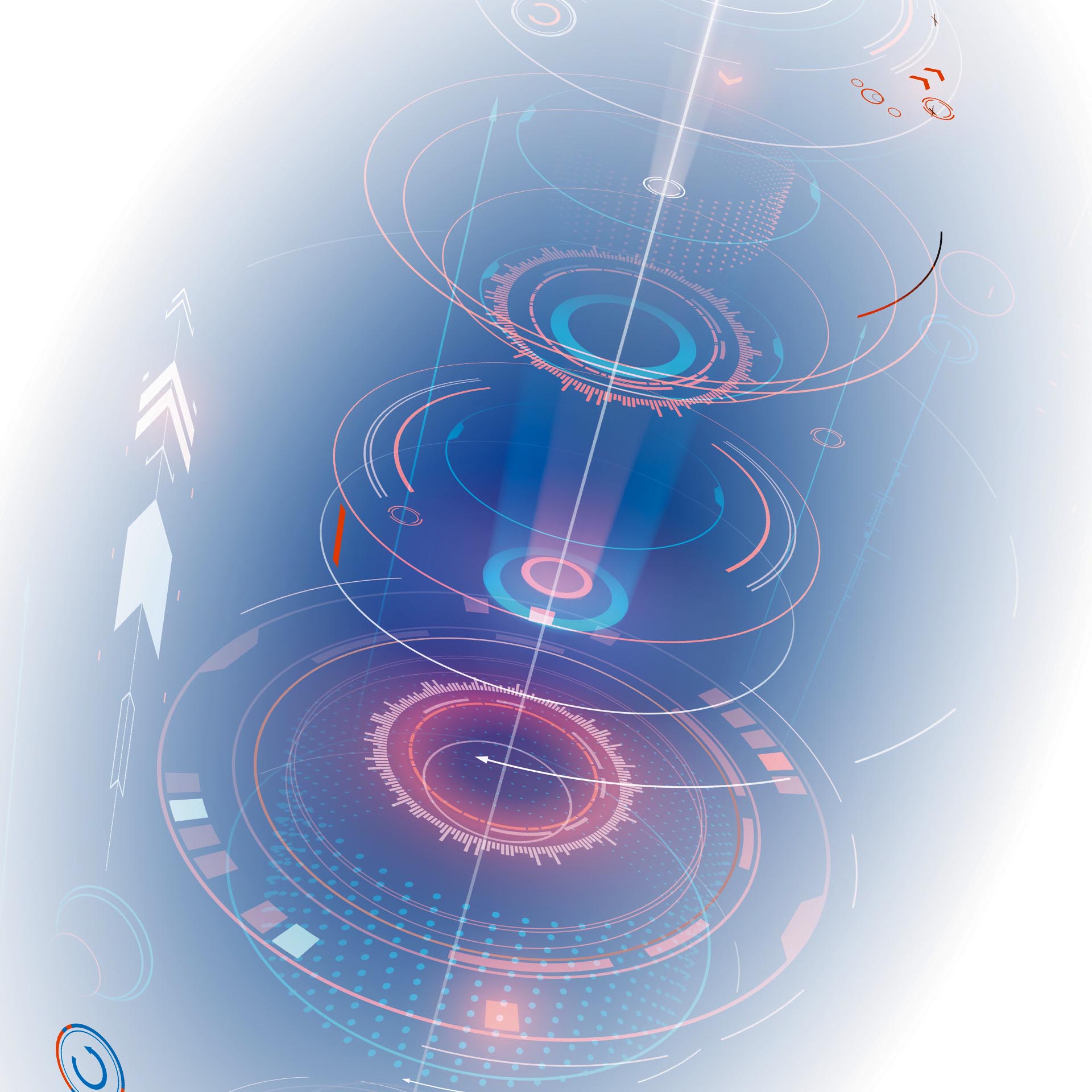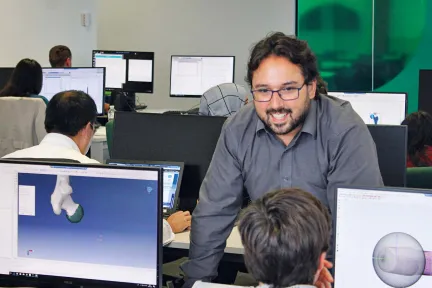Design for life
Collective design is becoming an important way of connecting the challenges of the new millennium with the aspirations of people around the world.
Our thoughts and actions will have to be represented digitally, going beyond simple technology. With the “design for life” approach, designers invite us to consider complex systems, aiming to connect our habits as part of a new social contract that addresses the key questions on which our quality of life depends. Anne Asensio, Vice President Design Experience at Dassault Systèmes, spoke to us to explain this concept.
The sophistication and complexity of the world around us can be seen everywhere in our lives: in our objects, vehicles, homes, cities and communities. This calls for new solutions, as well as new ways of engagement. Manufacturers can no longer try to resolve production and sustainability issues by themselves, because the public wants to play a greater role – and an understanding, inclusive approach is required to achieve this. Digital technology has played a central role in innovation for several decades now, and is making Dassault Systèmes a catalyst and driver of change in terms of our lifestyles.
The metamorphosis of design
In our hyper-technological era, what role can design play? Design is a creative force in manufacturing. It has gradually evolved from thinking up and giving shape to products, their packaging and their interfaces as well as giving them an identity and a brand, into a way of enriching the strategies and initiatives adopted by companies, institutions, collective organizations and communities.
Designers are cross-fertilizing their efforts and generating new areas of expertise, ensuring that each form becomes an interface, that each product becomes a product of experience. Designers are mediators and experimenters, coming up with new sustainable solutions. The resulting knowledge is increasingly shared, inclusive and profitable. Design helps to address the need for openness, inclusivity and sharing, as well as the broader need to ensure connections with technology, manufacturing and the economy.
Designers are making new propositions, coming up with new stories and designing new ways in which objects and people can interact. In response to today’s industrial, social and environmental challenges, they are using digital methods to change the old ways of innovating.
Embracing complexity
Shifting from designing an object, a vehicle or a piece of architecture to designing an experience requires a new perspective. We’re no longer addressing “users”, but people. This means that we need to change the way we think, taking a more non-linear and circular approach by thinking about product lifecycles, not just product lives. We were already taking a holistic view of products, the way they interact and interface, the way they are packaged and unpackaged, where they are sold, how they are maintained and recycled. But that’s not enough. Products are now externalized and have taken on a dimension that goes beyond providing a service or being useful; they need to be resilient or regenerative.
Design has blossomed to encompass experience, emotion, meaning and imagination. Responding to the world’s complexity means leaving behind the physical, leaving behind a static snapshot of the real world, and instead engaging with its systems and changing dynamics. Experiences occur in multiple, diffuse contexts.nteractions become interlinked. Systemic thought processes become dominant. Design, at the center of that complexity, ensures that connections are made by preserving the real, human aspect of all relationships. The certainty of scientific methods clashes with the fundamental uncertainty of certain issues.
As a result, design for life becomes a kind of shared conscience – a desire to work together with the confidence to believe in human inventiveness above all, even in the most vague or intractable situations. Whether the aim is to resolve problems, work together, look forward, understand or just interact, there must be a dialogue between thought and technology, taking into account the ambiguity of future models, in order to make collective intelligence a reality that can create and achieve desirable living conditions.
New ways of doing things
Just as a craftsman’s tools are extensions of his or her body, digital technology – the ultimate design tool – must become an extension of designers. Designers regard digital technology as more than just an instrument: it’s a culture that helps them explore, a malleable material. This digital extension, inspired by designers’ physical actions, helps them engage and concentrate their energies into new, respectful ways of doing things. The designer’s thought process must be able to take on board and channel the perspectives of all stakeholders in a given issue. Opening up this new area requires a new social contract, involving responsibility and ethics by working for the good of all. It reconciles human science with hard science. It turns design into a respectful, benevolent mediator that advances human creation as well the conditions of our existence.
ANNE ASENSIO
is Design Experience Vice President at Dassault Systèmes and a designer. She has held several senior roles as head of design management and innovation strategy at Renault and General Motors. She created the Design Studio, which brings together a multidisciplinary team focusing on strategies for innovating through design (Design Experience), design research, design management and consultancy.






